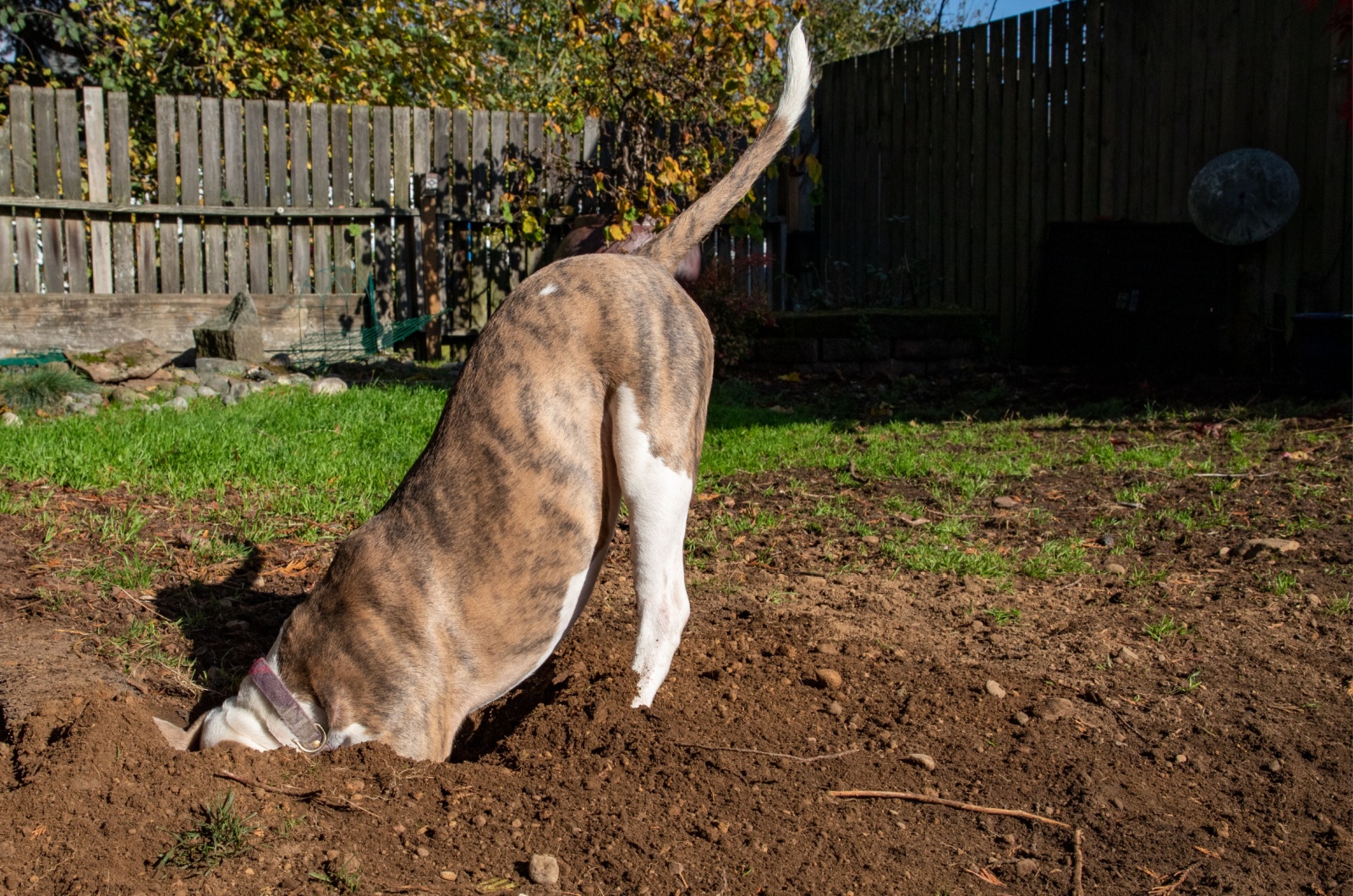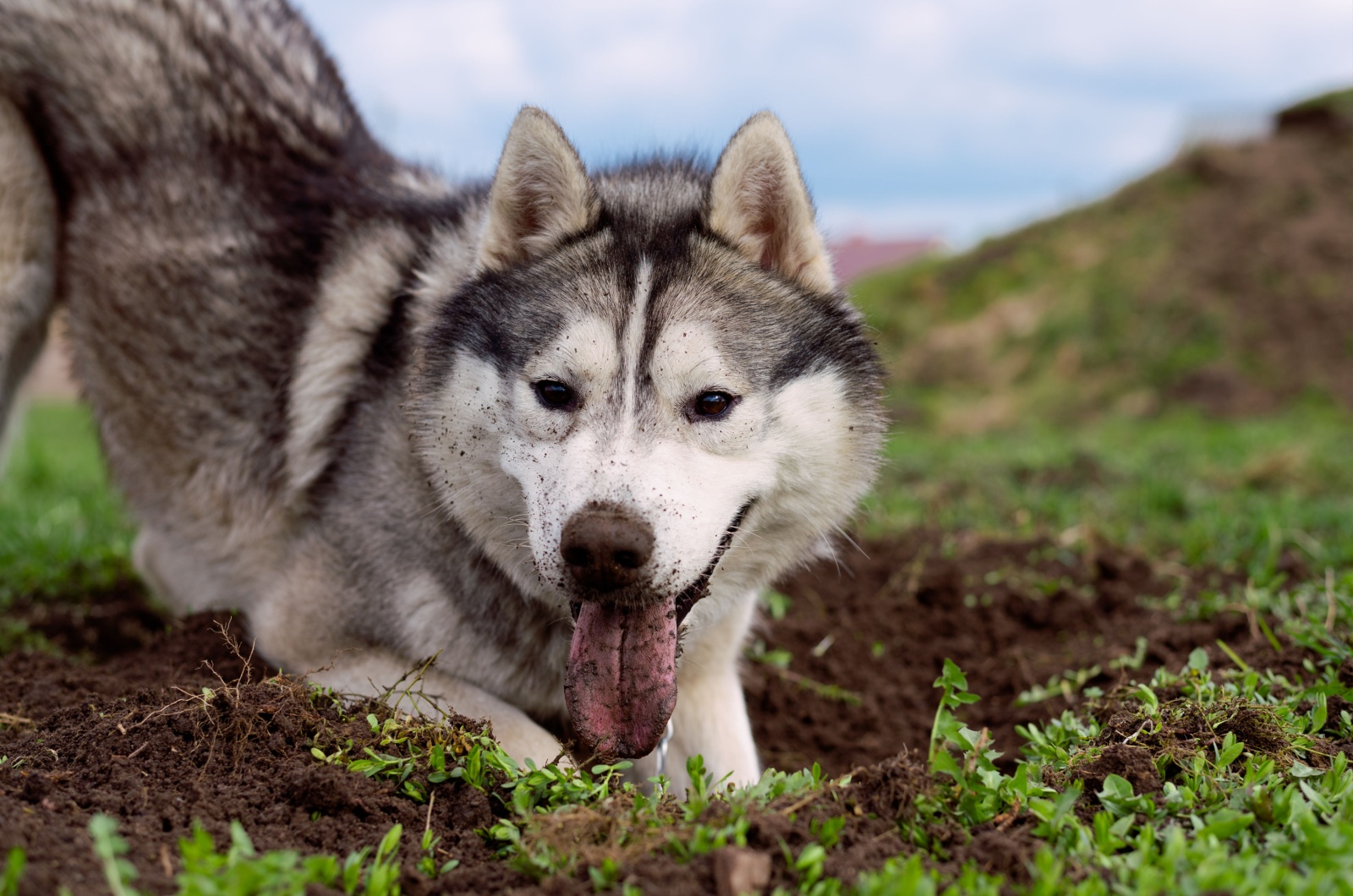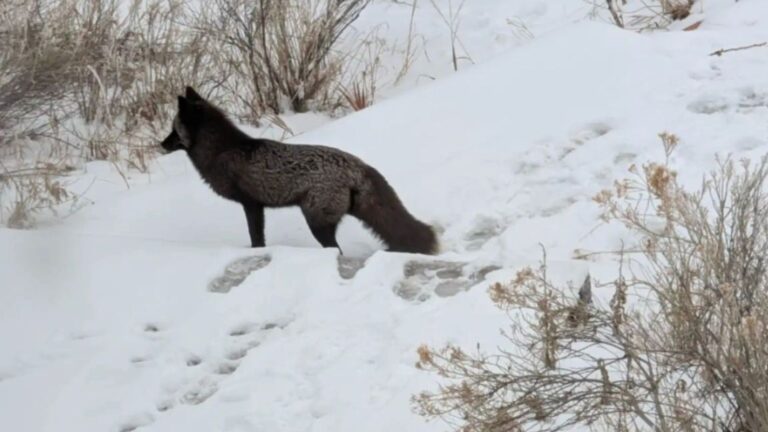Valley Fever Spreading In Bay Area, Putting Dogs At Higher Risk

In the Bay Area, health officials are raising the alarm about a little-known illness that doesn’t just affect humans, it can seriously threaten our four-legged companions too.
Valley fever, once considered a disease mostly limited to California’s Central Valley and the desert Southwest, is now popping up in places like the San Francisco Bay counties.
While it might feel like a stubborn flu or pneumonia in people, for dogs, it can be far more dangerous.
What Exactly Is Valley Fever?

Valley fever, or coccidioidomycosis, is caused by a fungus called Coccidioides, which lives in dry soil.
When the ground is disturbed, through construction, windstorms, farming, or even a dog digging in the yard, the fungal spores become airborne. Breathing in those spores can lead to infection.
Most cases start in the lungs, but in severe situations, the disease can spread to bones, the skin, or even the brain. In humans, symptoms range from a mild cough and fatigue to a serious, long-lasting illness.
The Centers for Disease Control and Prevention estimate that roughly 40 percent of infected people develop noticeable symptoms, though many mistake it for a routine flu.
How Dogs Are Affected

Dogs are especially vulnerable because they spend so much time with their noses close to the ground, sniffing and digging in soil that may contain the fungus. That means they often inhale a higher concentration of spores than humans.
According to PetMD, when dogs are infected, they can show symptoms similar to those in people: coughing, fever, loss of appetite, weight loss, and general lethargy.

In some cases, the infection spreads beyond the lungs, affecting bones and causing limping or lameness, or it can lead to persistent skin sores.
It can even reach internal organs. Many owners first notice subtle signs, like a dog that seems unusually tired, isn’t eating normally, or is experiencing unexplained pain.
How Dogs Catch It

It’s important to know that Valley fever is not contagious from dog to dog or from dog to human. The infection occurs only when fungal spores from the soil are inhaled.
That’s why the risk increases during dusty conditions or in areas with construction or heavy soil disruption. Even a windy day on a dry hiking trail can expose a curious pet to the fungus.
Prevention Tips For Pet Owners

While it’s not always possible to completely prevent Valley fever, there are ways to reduce the risk for your pets:
Avoid dusty areas, especially during windy days or active construction.
Discourage digging in bare soil, particularly in regions known to have Valley fever.
Keep pets indoors during dust storms or when air quality is poor.
Talk to your veterinarian if you live in, or plan to travel to, areas where Valley fever is present. Knowing the risks can help catch symptoms early.
Diagnosis And Treatment

If Valley fever is suspected, veterinarians can run blood tests or imaging studies to confirm the infection. Treatment generally involves long courses of antifungal medications, sometimes lasting several months.
With early detection and consistent care, many dogs recover well. However, severe or disseminated cases can be more difficult to manage.
The Bigger Picture

As climate patterns shift and dry regions expand, experts predict that Valley fever will continue to spread beyond its traditional hotspots. For Bay Area residents, that means keeping an eye not just on your own health, but also on your pets’.
A persistent cough, unexplained limp, or unusual fatigue in a dog might not just be a sign of old age or a minor illness, it could be a signal that something dangerous is hiding in the soil.
Valley fever may not be as well-known as other diseases, but awareness is the first line of defense. Understanding the risks under your pet’s very paws is the best way to keep them safe and healthy in the changing environment.






